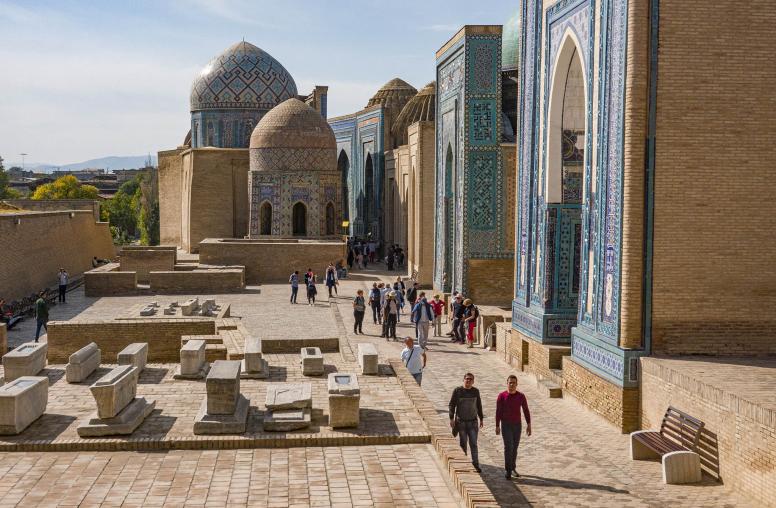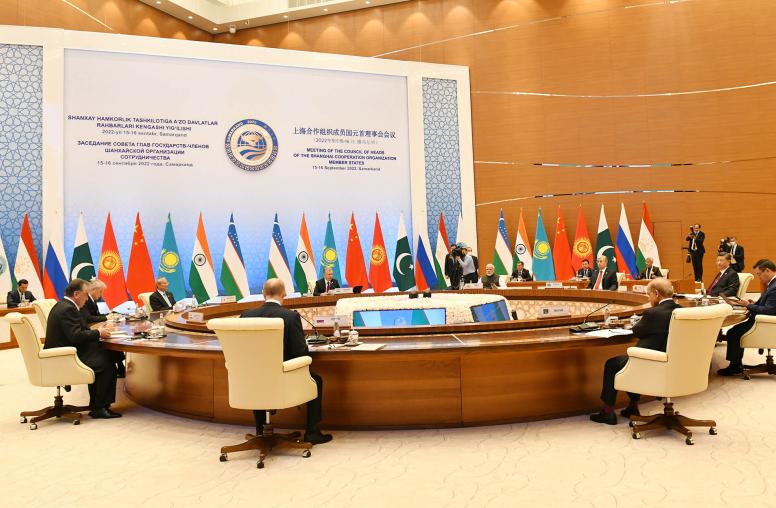Looking for Trouble: Sources of Violent Conflict in Central Asia
This report offers a road map for understanding the most likely sources of violent conflict in the post-Soviet nations of Central Asia—ethno-nationalism and nativism, Islam and secularism, water resources and climate change, and labor migration and economic conflict. The analysis draws from emerging trends in the region and identifies the ways in which Central Asia’s geography and cultural place in the world interact with those trends. It suggests that the policy goals of the United States, Russia, and China in the region may be more compatible than is often assumed.

Summary
- Central Asian states are multiethnic in their constitutions, yet a resurgence of nativism and nationalism are the most common drivers of large-scale violent conflict in the region.
- Similarly, although all Central Asian states are avowedly secular, the region is experiencing an Islamic religious revival, pitting local Islamic tradition against versions of Islam from other parts of the world.
- Resource scarcity and climate change are constant sources of regional conflict and promise to become more problematic as water and other resources become even more scarce.
- Labor migration, mostly to Russia, creates not only great economic opportunity but a new set of social problems. Central Asia could learn from other Asian countries that have decades of experience in protecting their migrant workers.
- The hand of criminal organizations is often visible in mobilization to violence. Organized crime and corruption in the region exploit all of these other cleavages and undermine good governance.
- Russia and China see Central Asia as a strategic region. Whether they, along with the United States, share a vision of stability and peace in the region and can find ways to collaborate will be important in the coming decades.
About the Report
This report examines likely sources of violent conflict in contemporary Central Asia and how they interconnect. Its goal is to better understand how they might be exploited by disruptive forces inside and outside of the region in the coming years. It suggests that the policy goals of the United States, Russia, and China in the region may be more compatible than is often assumed.
About the Author
Gavin Helf is a senior expert on Central Asia for the United States Institute of Peace. Previously, he worked in the Asia and Middle East bureaus of the U.S. Agency for International Development on democracy promotion and countering violent extremism. From 1984 through 2007, he studied, lived, and worked in the Soviet Union and its successor states, mostly in Central Asia and the Caucasus.



